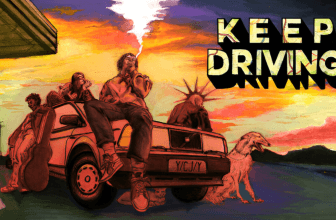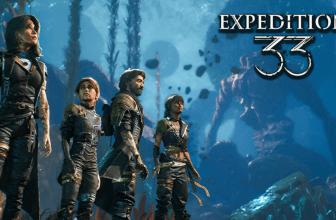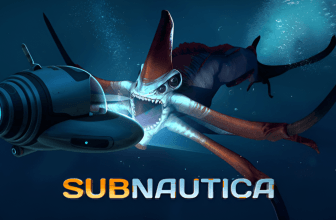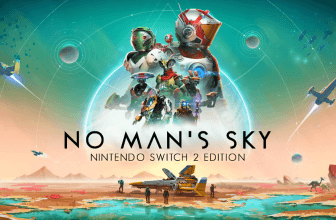Death Stranding Gameplay: 7 Powerful Features That Make It Unforgettable
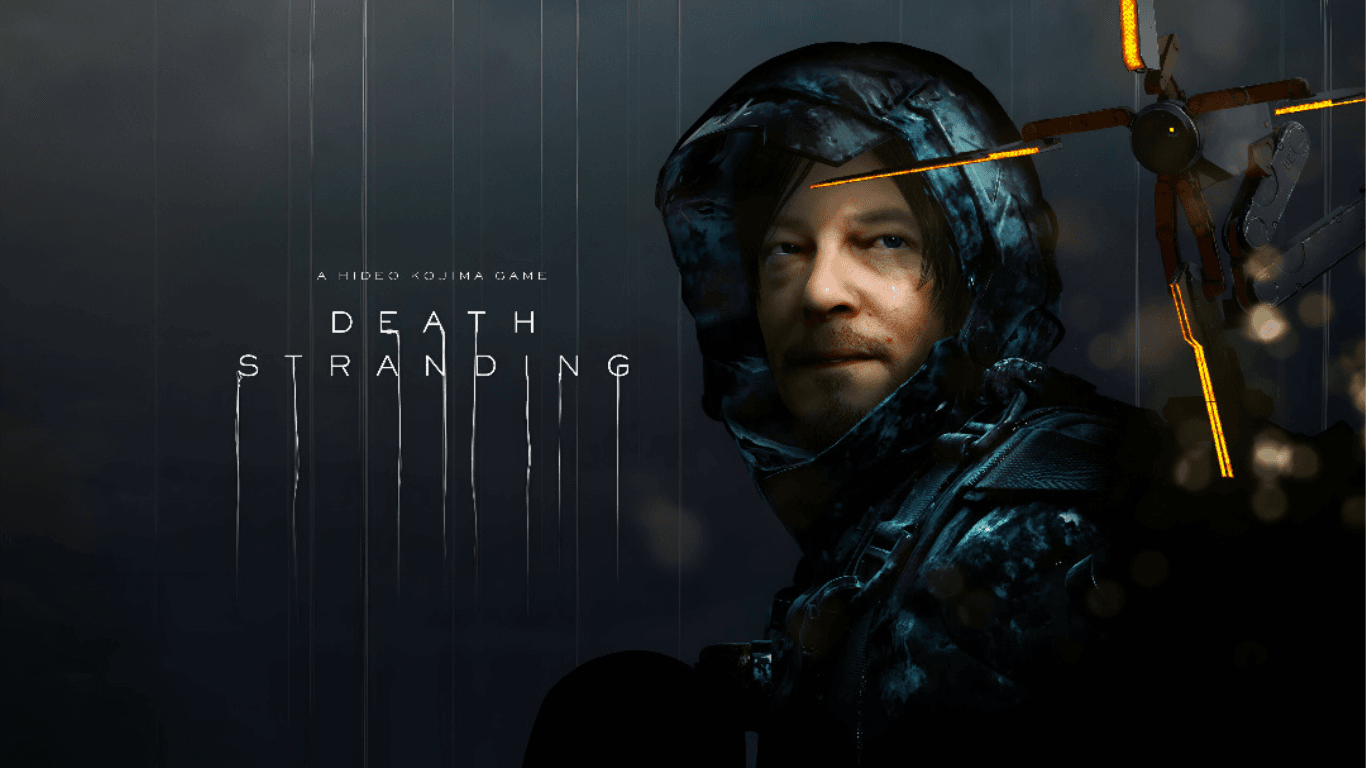
Key Takeaways
- Death Stranding gameplay is a mix of delivery missions, exploration, and survival.
- The game focuses on balance, stamina, and terrain challenges.
- Social elements let players help each other without direct interaction.
- Combat exists but isn’t the main focus—it’s more about strategy and resource management.
- The story and gameplay work together to create a unique emotional journey.
Death Stranding gameplay is a blend of open-world exploration, package delivery, survival mechanics, and subtle online cooperation. Players take on the role of Sam Porter Bridges, carrying supplies across a fractured world while battling rough terrain, managing stamina, avoiding supernatural threats, and even using tools left behind by other players. It’s less about fast-paced combat and more about strategy, patience, and the emotional weight of connecting isolated communities.
Introduction
The first time I booted up Death Stranding, I expected a typical action-adventure—guns blazing, enemies everywhere, the usual. Instead, I found myself trudging across lonely mountains, gripping my controller like my life depended on it, just to keep a stack of packages from toppling over. And you know what? I couldn’t stop playing.
This isn’t your average game. Death Stranding asks you to slow down, to think, and to actually feel the weight of every step you take. One minute you’re carefully balancing cargo across a river, the next you’re holding your breath as shadowy creatures stalk you in the rain. It’s weird, it’s haunting, and it’s one of the most memorable gaming experiences I’ve ever had.
What Makes Death Stranding Gameplay So Unique?
If you’ve ever tried carrying a dozen grocery bags up three flights of stairs without dropping the eggs, you already know what Death Stranding feels like—except here, the eggs might explode, the stairs are a mountain, and ghostly creatures are waiting if you trip. That’s the beauty of it: the game takes something as simple as “walking” and turns it into an intense, emotional adventure.
Instead of sprinting from one firefight to another, you’re constantly weighing choices:
- Do you take the long but safe route across the valley?
- Or risk cutting through enemy territory to save time?
- Can your equipment handle the rocky slope ahead, or will you topple like a clumsy Jenga tower?
Every decision adds tension, which makes the calm moments—when you finally reach your destination and hear a quiet “thank you”—all the more rewarding.
Core Gameplay Mechanics
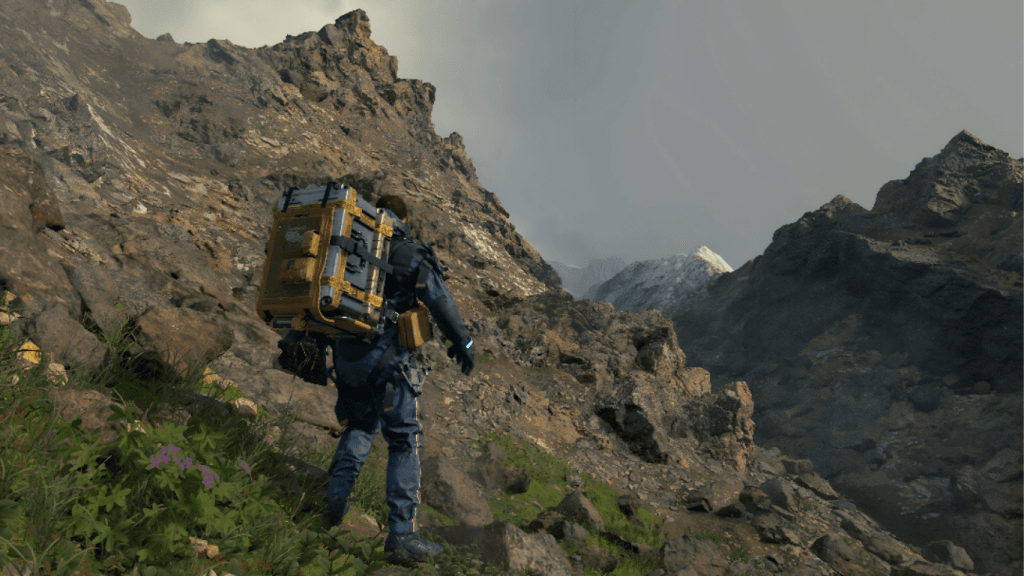
1. Traversing the Landscape
The heart of Death Stranding is walking—yes, walking. But it’s not mindless. The terrain itself becomes your biggest enemy:
- Slippery rivers can sweep you away.
- Muddy hills will test your balance.
- Steep cliffs force you to use ladders or ropes.
Your cargo is stacked on Sam’s back like a tower of Jenga pieces, and the game makes you carefully shift weight to avoid a tumble. Honestly, I’ve never been so stressed about tripping over a pebble in my life.
2. Survival Elements
Stamina and health aren’t just bars on the screen; they’re constant concerns. Sam gets tired, he needs rest, and even his boots wear down after miles of trekking. You’ll find yourself:
- Stopping at safehouses to recover.
- Swapping worn-out shoes before they destroy your feet.
- Keeping an eye on the weather, since “timefall” rain literally ages and ruins cargo.
It’s survival at its most grounded—you against the wilderness.
3. Deliveries with Purpose
Yes, deliveries are the main objective, but they’re more than just fetch quests. Each package carries weight (literally and emotionally). Delivering them:
- Strengthens connections between isolated communities.
- Rewards you with resources, gear, and upgrades.
- Feeds into the larger narrative about rebuilding society.
And when someone leaves you a heartfelt message of thanks, it hits harder than any cutscene.
Combat and Enemies
Also Read This Article On Ghost of Tsushima: A Samurai’s Adventure and Strategy
BTs (Beached Things)
These ghostly figures float in the rain, invisible until you scan the area. Encountering them means holding your breath and moving slowly, because one wrong step can drag you into a nightmare. It’s terrifying in the quietest way possible.
MULEs
Not every danger is supernatural. MULEs are human bandits obsessed with stealing cargo. They force you to fight or sneak past, adding a more traditional “gamey” challenge.
Tools Over Guns
Sure, you get weapons—but Death Stranding nudges you to think beyond violence. Traps, gadgets, and clever escapes often feel more rewarding than pulling a trigger.
The Social Strand System
Here’s where Death Stranding flips the script: you’re never truly alone. While you never directly play with others, the world is filled with structures, tools, and even signs left behind by real players.
Imagine trudging up a brutal mountain, only to find a perfectly placed ladder—courtesy of some kind stranger across the world. That’s the “strand” system in action. You can:
- Leave gear or paths to help others.
- “Like” useful structures to show appreciation.
- Contribute resources to build roads and bridges everyone can use.
It’s subtle, but it feels strangely human—and in a game about connection, it fits perfectly.
Story and Gameplay Blend
Hideo Kojima’s storytelling is legendary, and here it’s tightly woven into the gameplay. Every delivery feels tied to the theme of rebuilding bonds. When Sam finally reaches a lonely outpost after hours of struggle, you feel the narrative’s weight in your bones. It’s not just a cutscene—it’s the journey that made it meaningful.
Why Death Stranding Stands Out
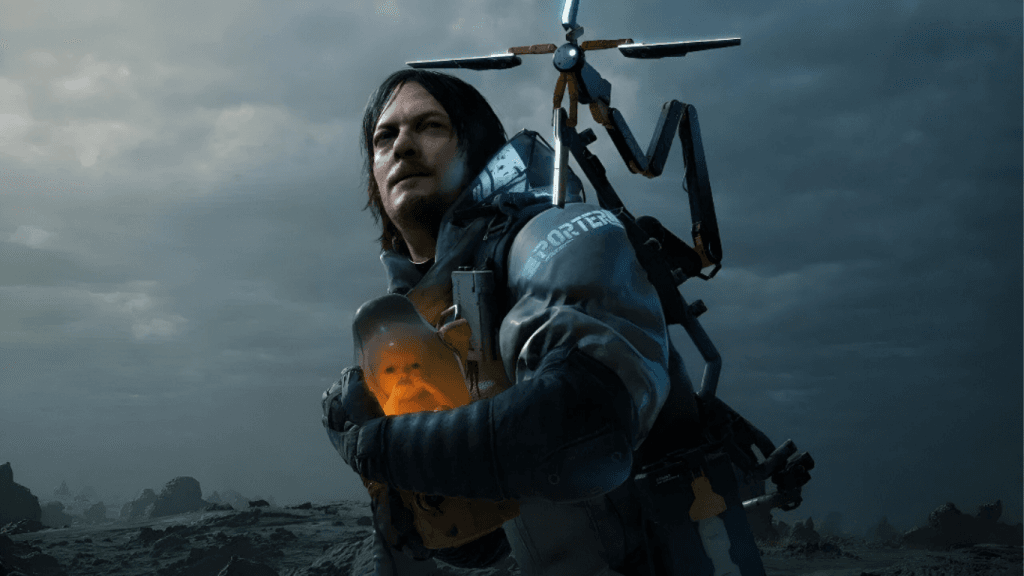
Also Read This Article On Mafia Definitive Edition: 7 Powerful Reasons Why You Should Play This Classic Remake
At its core, Death Stranding is about slowing down. It’s not trying to be a fast-paced thrill ride. Instead, it makes you feel the exhaustion of carrying the world on your back—literally. And somehow, that makes the victories more personal, more earned.
Here’s a quick breakdown:
| Feature | What Makes It Unique |
|---|---|
| Exploration | Terrain is the challenge itself |
| Survival | Stamina, equipment, and weather matter |
| Deliveries | Emotional weight + gameplay reward |
| Combat | Strategy over brute force |
| Social Strand System | Subtle multiplayer connection |
Summary
Death Stranding isn’t your typical video game—it’s part walking simulator, part survival, part emotional journey. The gameplay takes something simple, like carrying packages, and transforms it into an unforgettable experience of tension, strategy, and quiet triumphs. With its blend of exploration, subtle online cooperation, and story-driven missions, it proves that sometimes slowing down can be just as thrilling as sprinting into battle.
FAQs
Yes—but it’s walking with purpose. Terrain, balance, and cargo management make it surprisingly tense and rewarding.
Yes, but it’s not the main focus. Combat is limited to stealth, light weapons, and creative tools.
Not directly, but the online strand system lets you interact indirectly by sharing tools, structures, and support.
Absolutely. The story blends with gameplay in a way that makes every delivery feel meaningful.


